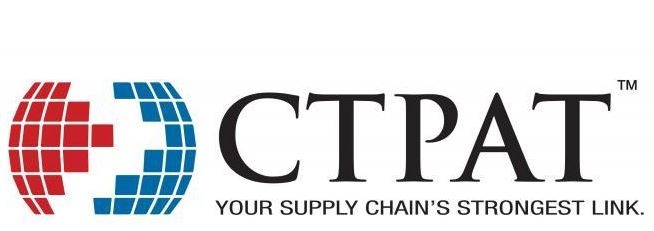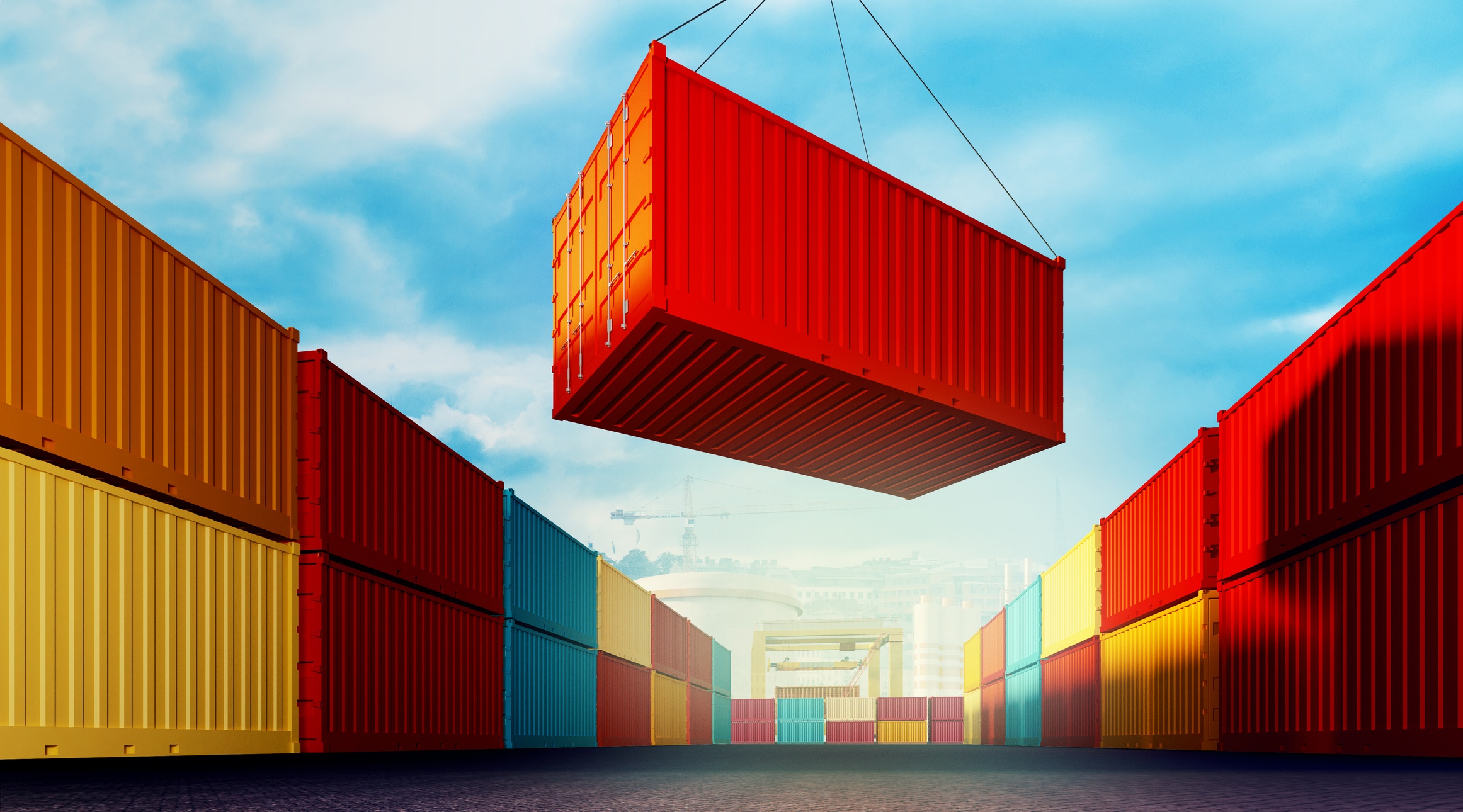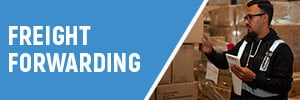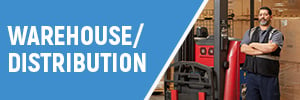Customer experience (CX) and eCommerce is revolutionizing the supply chain. Determining how to deliver an end-to-end experience for your customer smoothly will improve profits. Overall, the industry agrees that the customer's experience is a top priority - especially for retailers. The Internet of Things (IoT) and supply chain management tactics are making progress in these days of rapid change.
CX & eCommerce: Changing EVERYTHING You Ever Knew About Supply Chain
Topics: Supply Chain Management, International Trade Compliance & Enforcement, Warehousing & Distribution
 Reporting requirements for the Food Safety Modernization Act (FSMA) Foreign Supplier Verification Program (FSVP) became mandatory on May 30, 2017. Although the initial struggle to comply with the new program has greatly diminished, there is still room for improvement. The Food and Drug Administration (FDA) completed only a few FSVP audits in the U.S. Federal Fiscal Year (FY) 2017, so importers should expect that FY 2018 will bring with it the promise for a larger number of reviews.
Reporting requirements for the Food Safety Modernization Act (FSMA) Foreign Supplier Verification Program (FSVP) became mandatory on May 30, 2017. Although the initial struggle to comply with the new program has greatly diminished, there is still room for improvement. The Food and Drug Administration (FDA) completed only a few FSVP audits in the U.S. Federal Fiscal Year (FY) 2017, so importers should expect that FY 2018 will bring with it the promise for a larger number of reviews.
CTPAT Conference 2017: Building on the Past - Innovating for the Future
Customs Trade Partnership Against Terrorism (CTPAT) is a voluntary public-private partnership program that was implemented as a cargo safety and enforcement strategy following the September 11th terror attacks. More than 11,400 certified companies in the trade community currently participate in the program, and that number continues to grow.
U.S. Customs and Border Protection (CBP) held the 2017 CTPAT conference in the Detroit Metropolitan Area at the end of August. The current Director of CTPAT, Elizabeth Schmelzinger, was among the speakers during the general session. In addition to rolling out the updated name and logo, CTPAT – Your Supply Chain’s Strongest Link, Ms. Schmelzinger was excited to offer insight into program changes and ways that the security profile is being modernized as we look to the future.
EAPA Sets the Stage for Antidumping and Countervailing Evasion
The Enforce and Protect Act (EAPA) is a section of the Trade Facilitation and Trade Enforcement Act (TFTEA) of 2015 that sets established rules, regulations, and procedures regarding antidumping (AD) and countervailing (CV) allegations. Any 'interested party' can submit an electronic allegation (e-allegation) and report the evasion violations via EAPA. However specific documentation requirements must be met, including:
- Meeting the definition of an interested party;
- A statutory description of covered merchandise and AD/CVD order;
- Demonstrate that AD/CVD evasion has occurred.
Topics: Customs Consulting, International Trade Compliance & Enforcement
Three Methods to Achieve Cost Savings for LCL vs. FCL Shipping
Businesses with large ocean container volumes are always looking to remove costs from their supply chain. Many organizations will issue request for quotations or seek competitive freight bids in an effort to save money. The results of such efforts are usually competitive pricing that is locked in for a period of time, thus lowering the cost of ocean freight. Awesome, right?






-%20dark%20larger%20(1).png)








%20for%20Website.png)


